


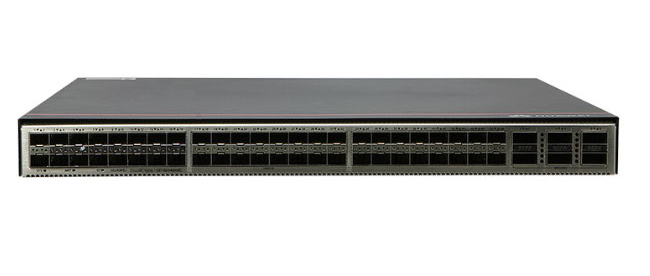



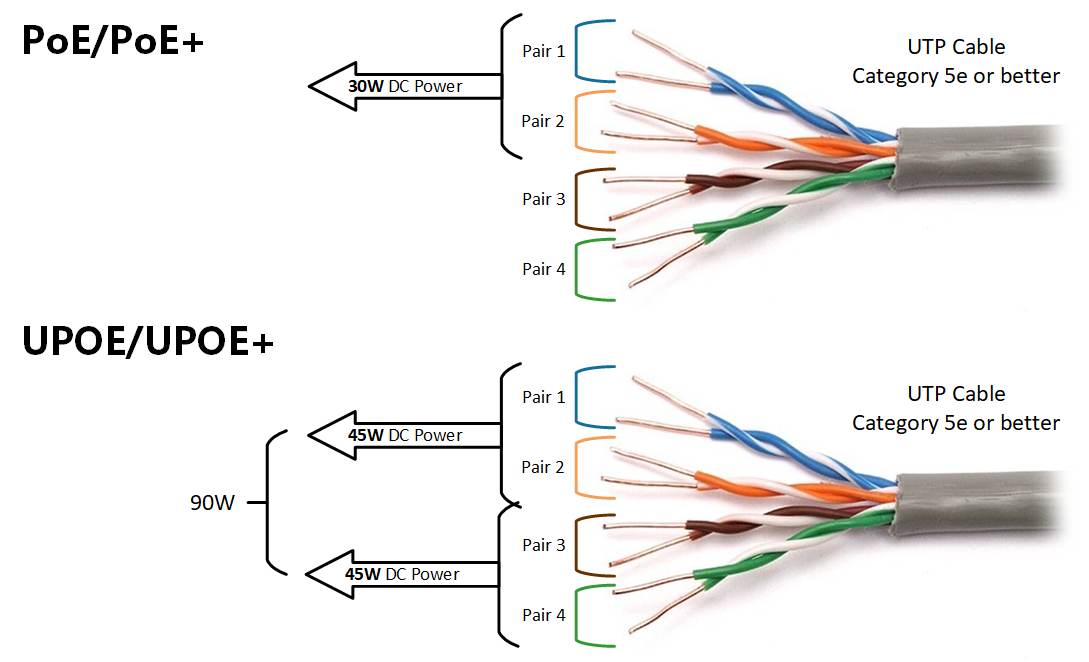
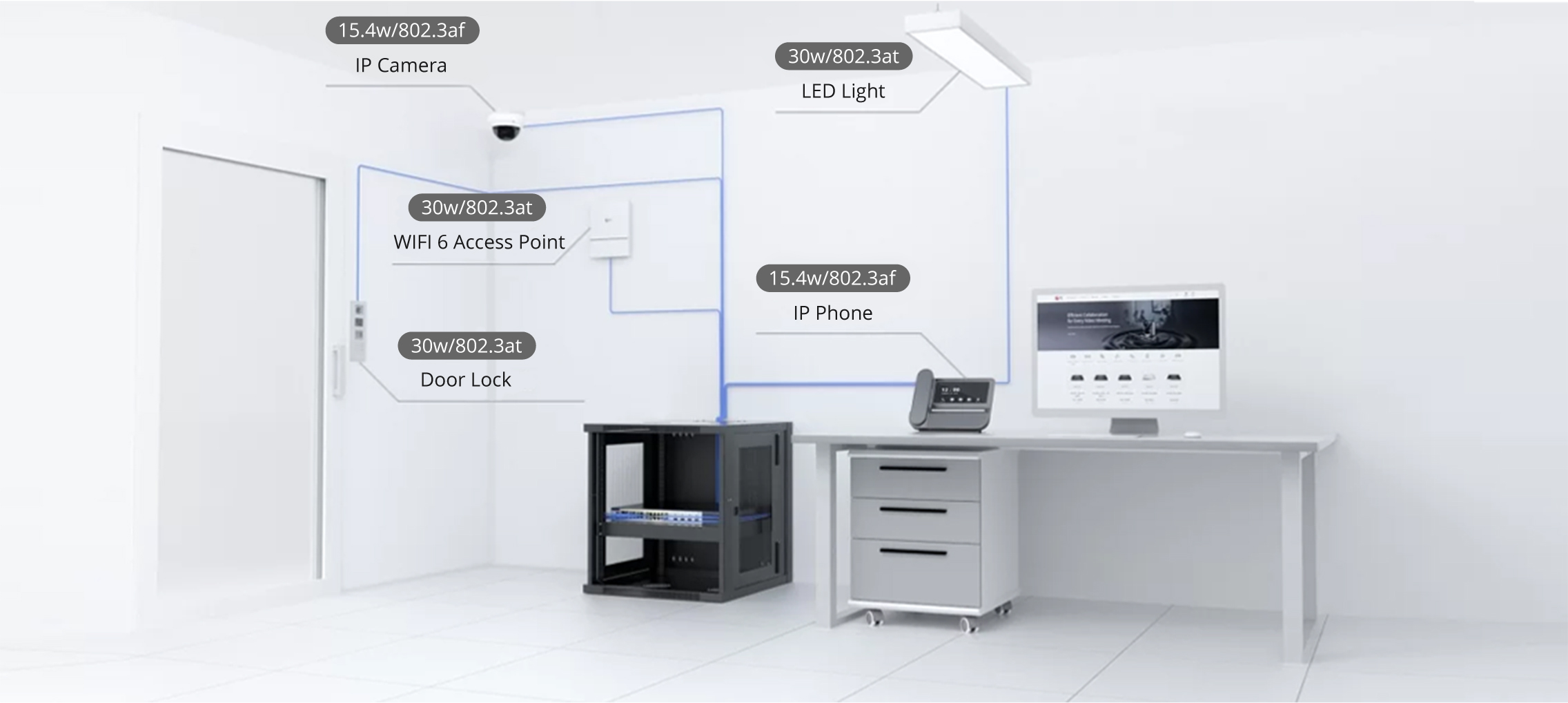
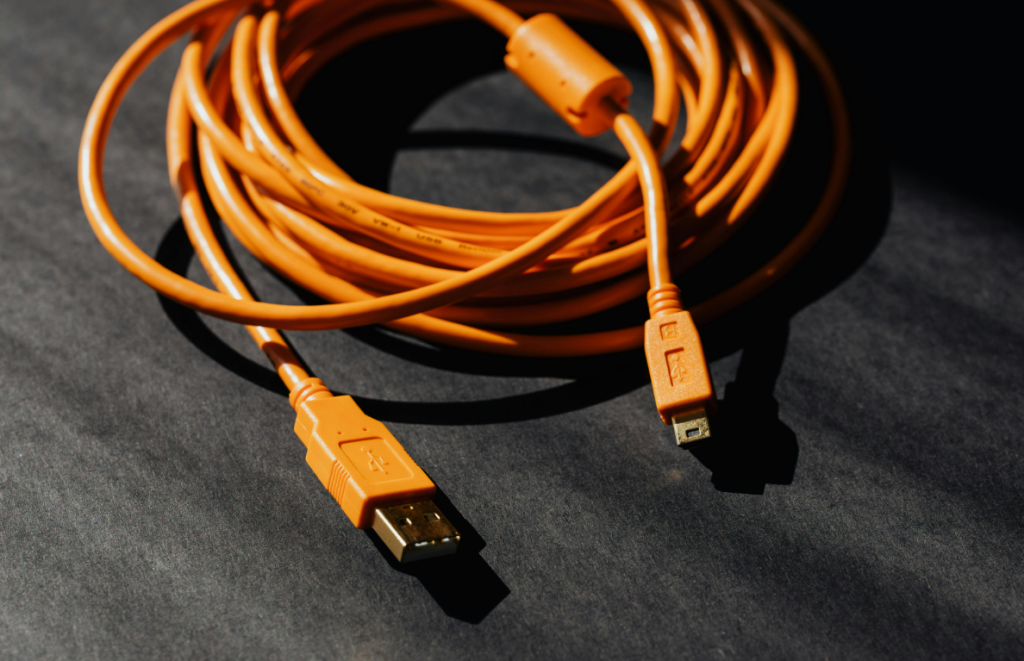
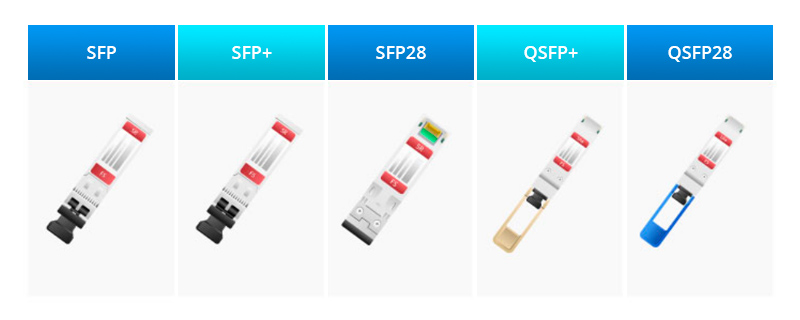

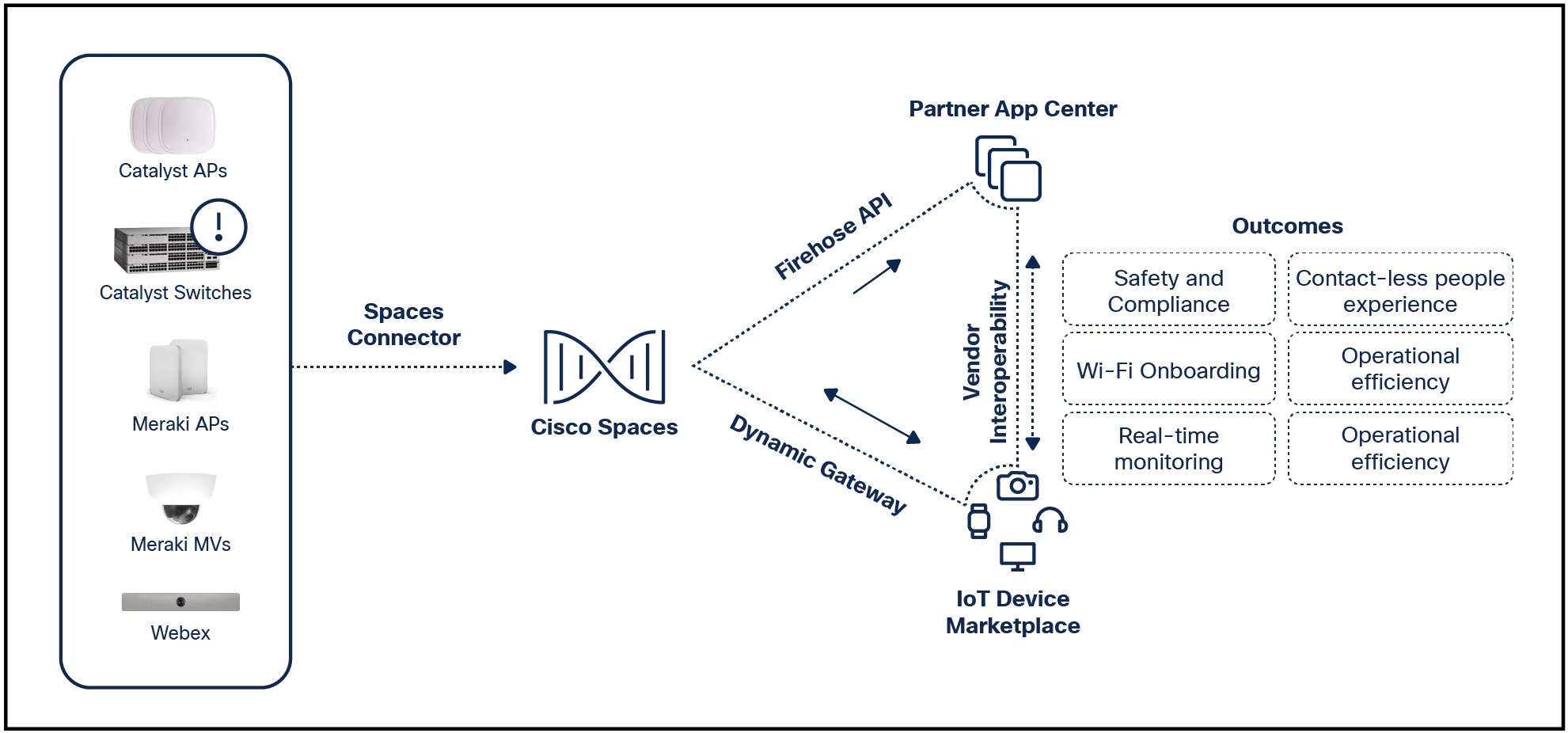
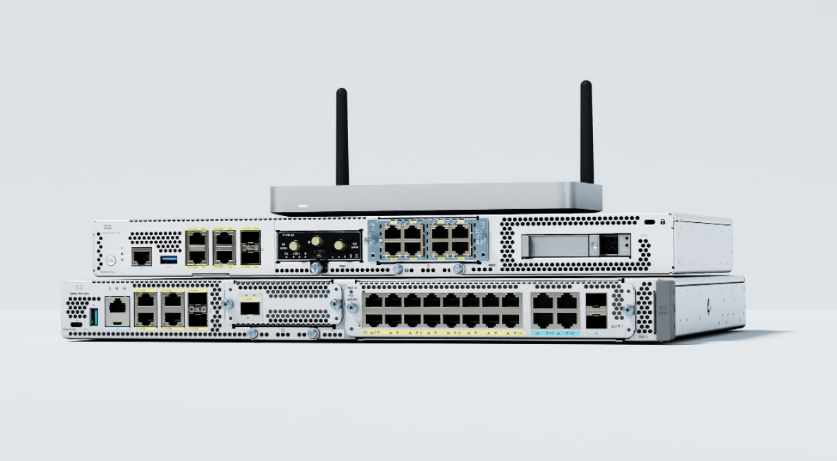
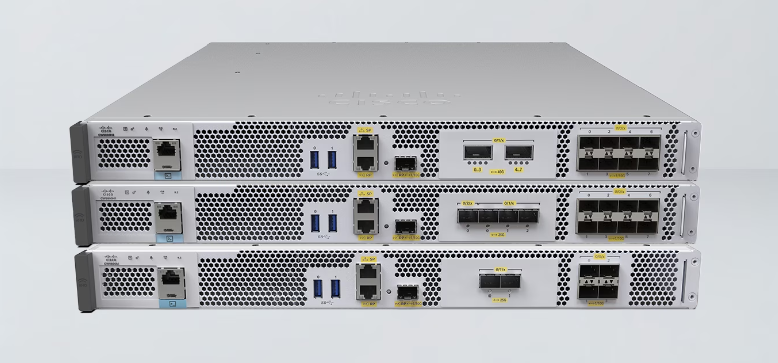
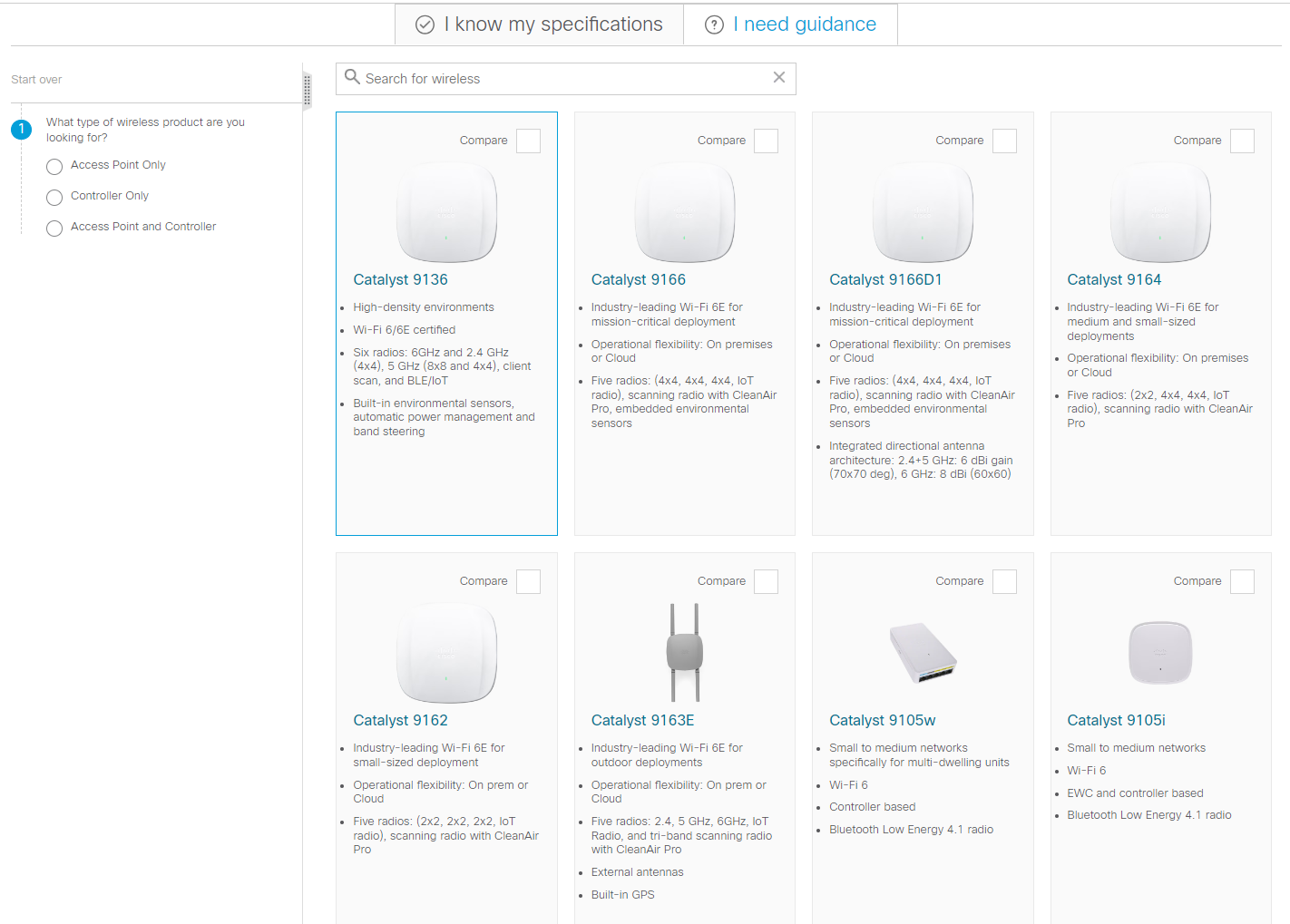
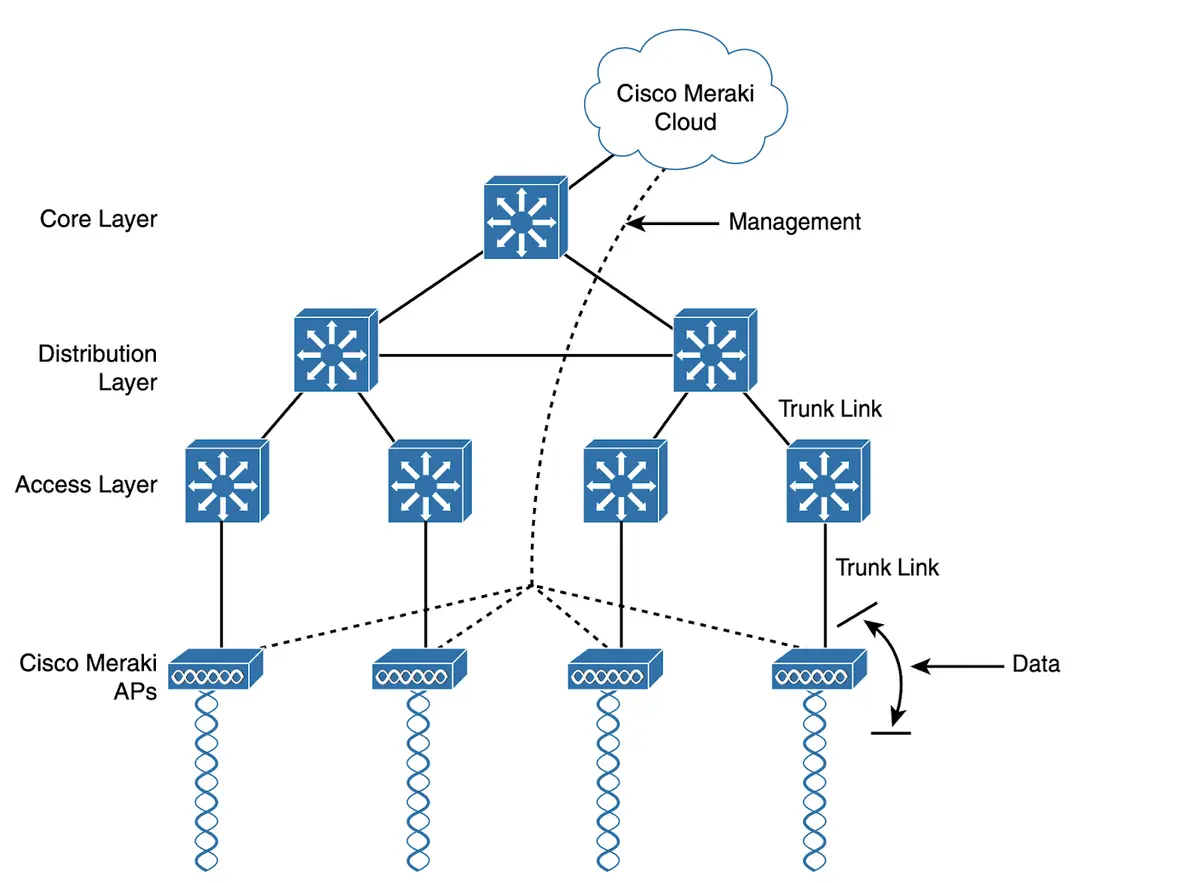

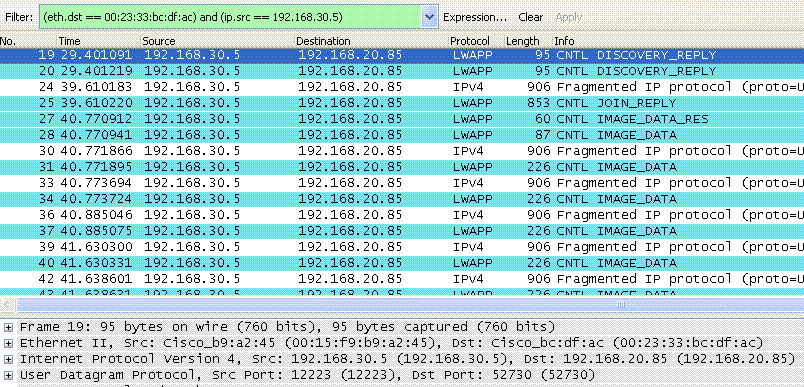
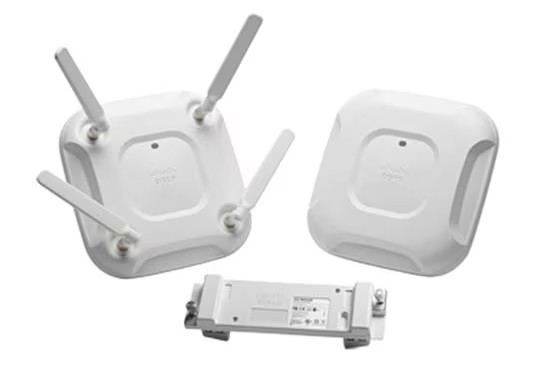
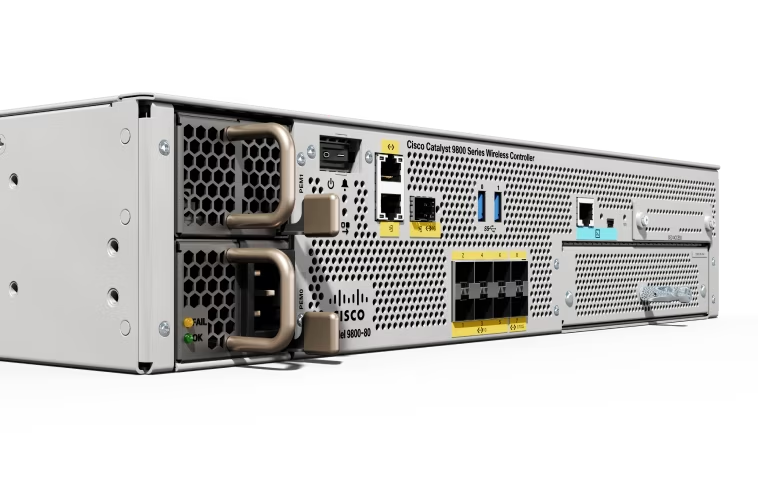

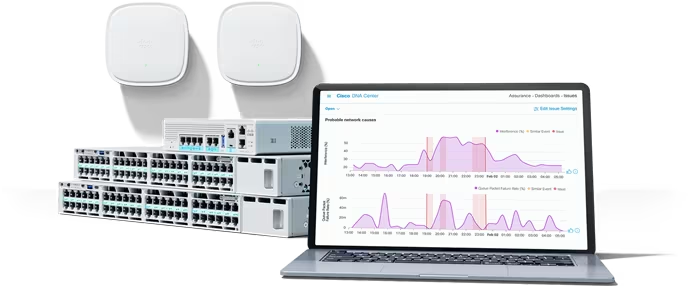
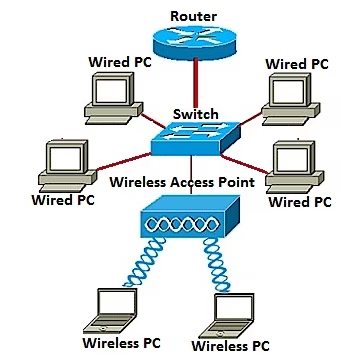
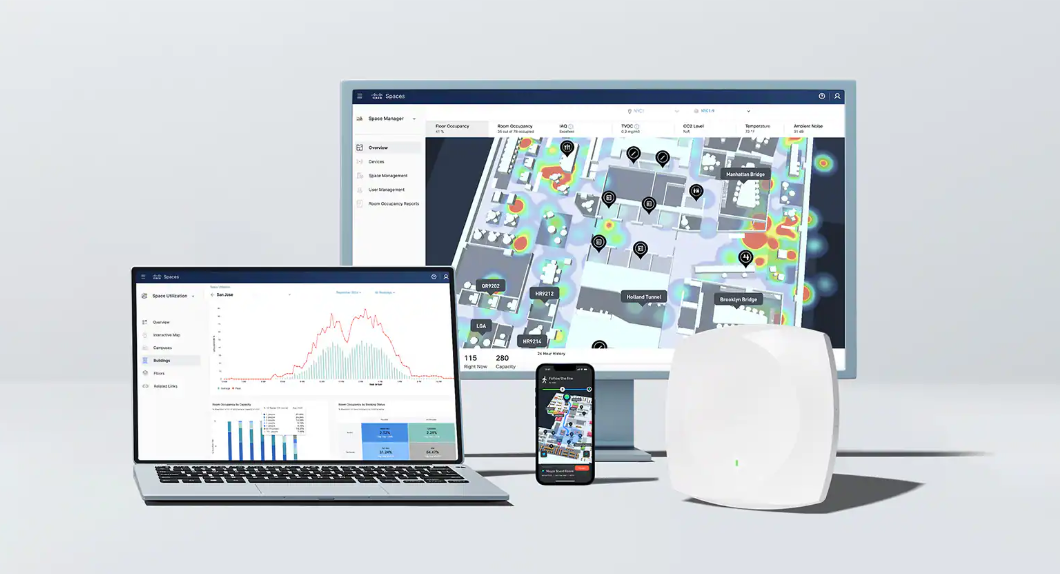

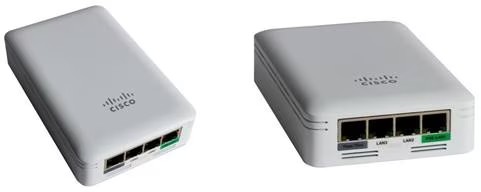
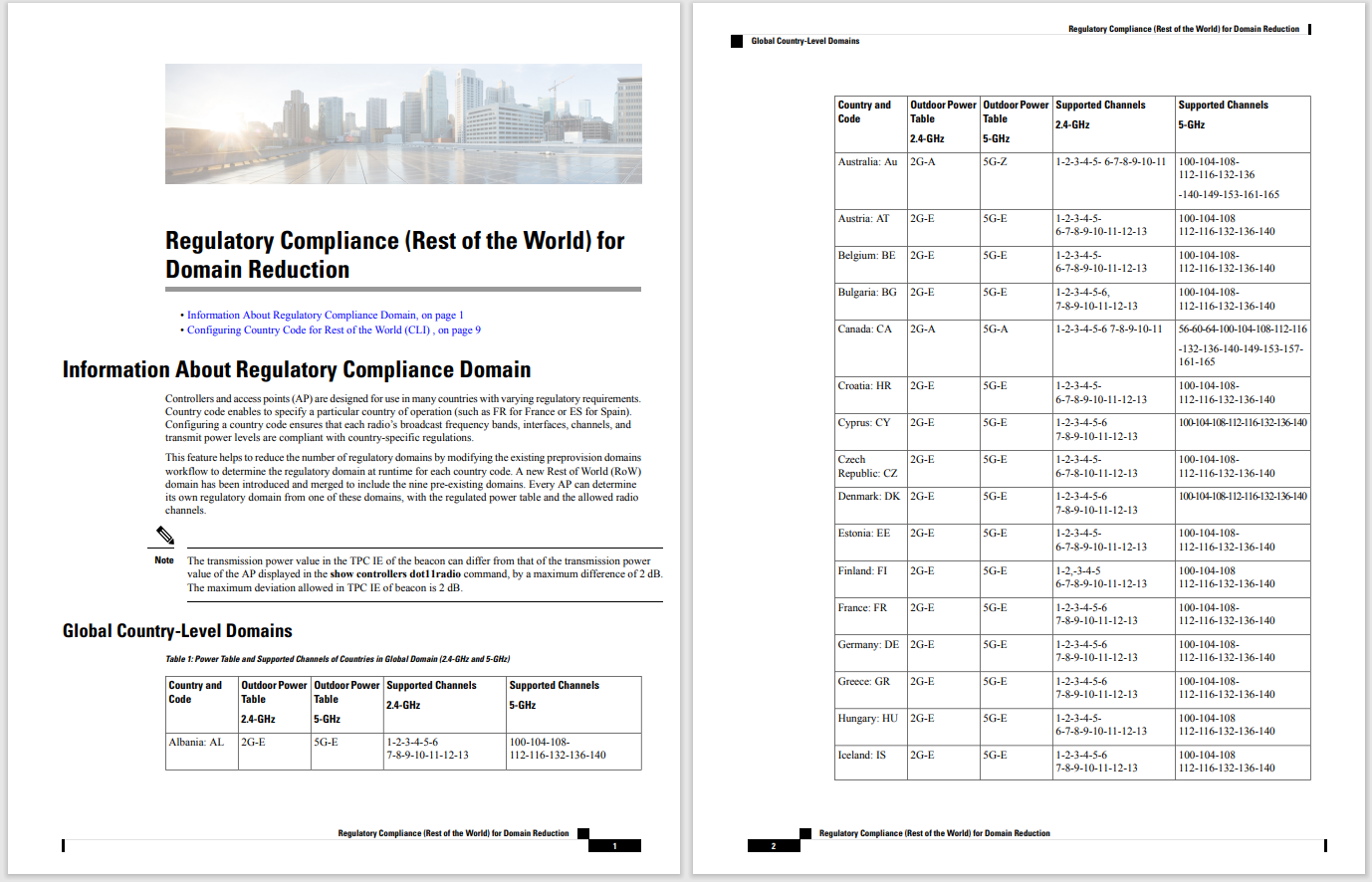

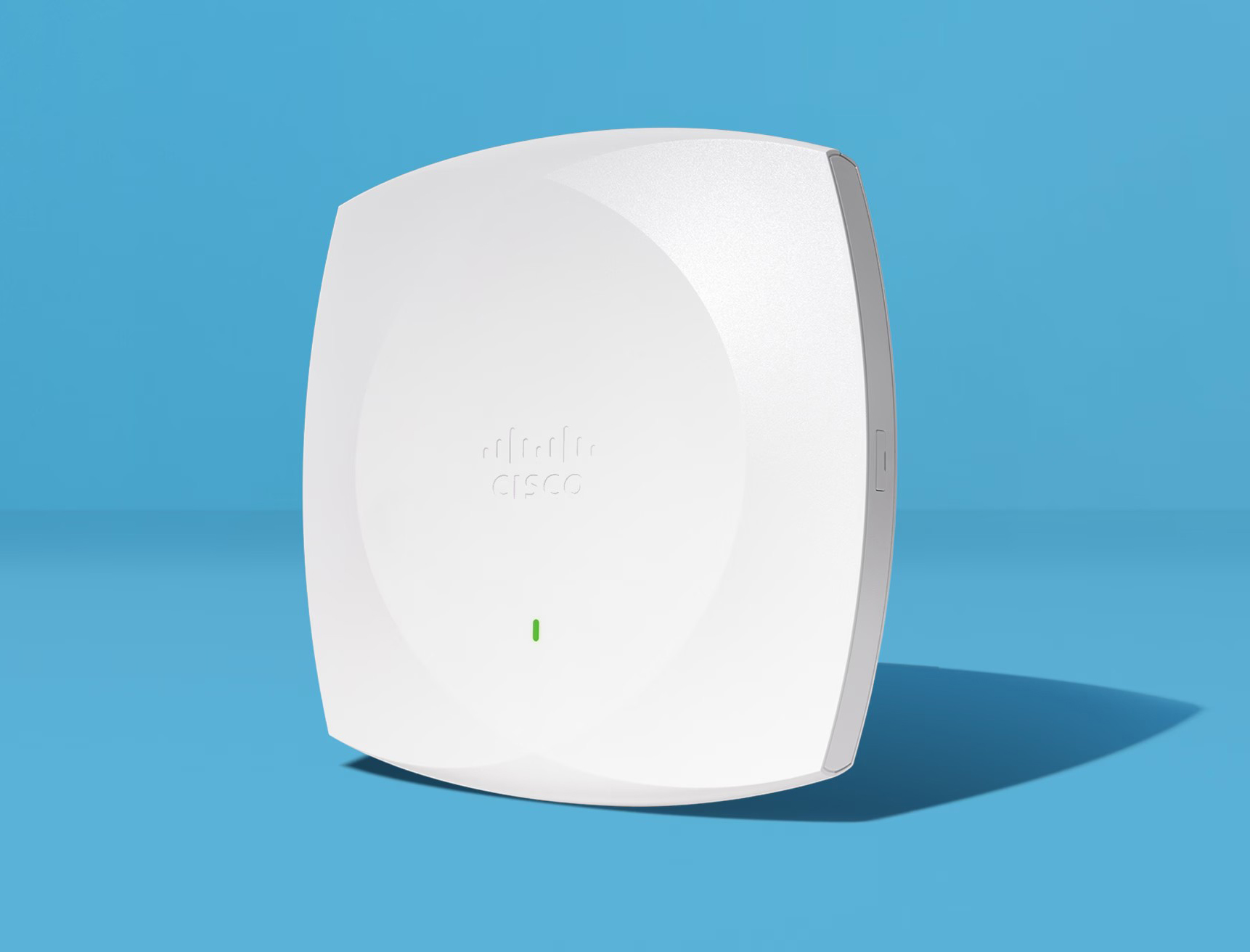
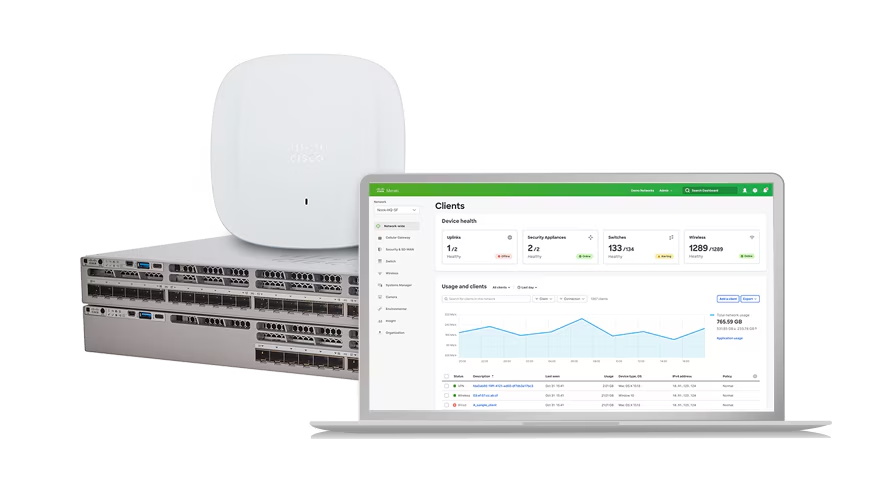
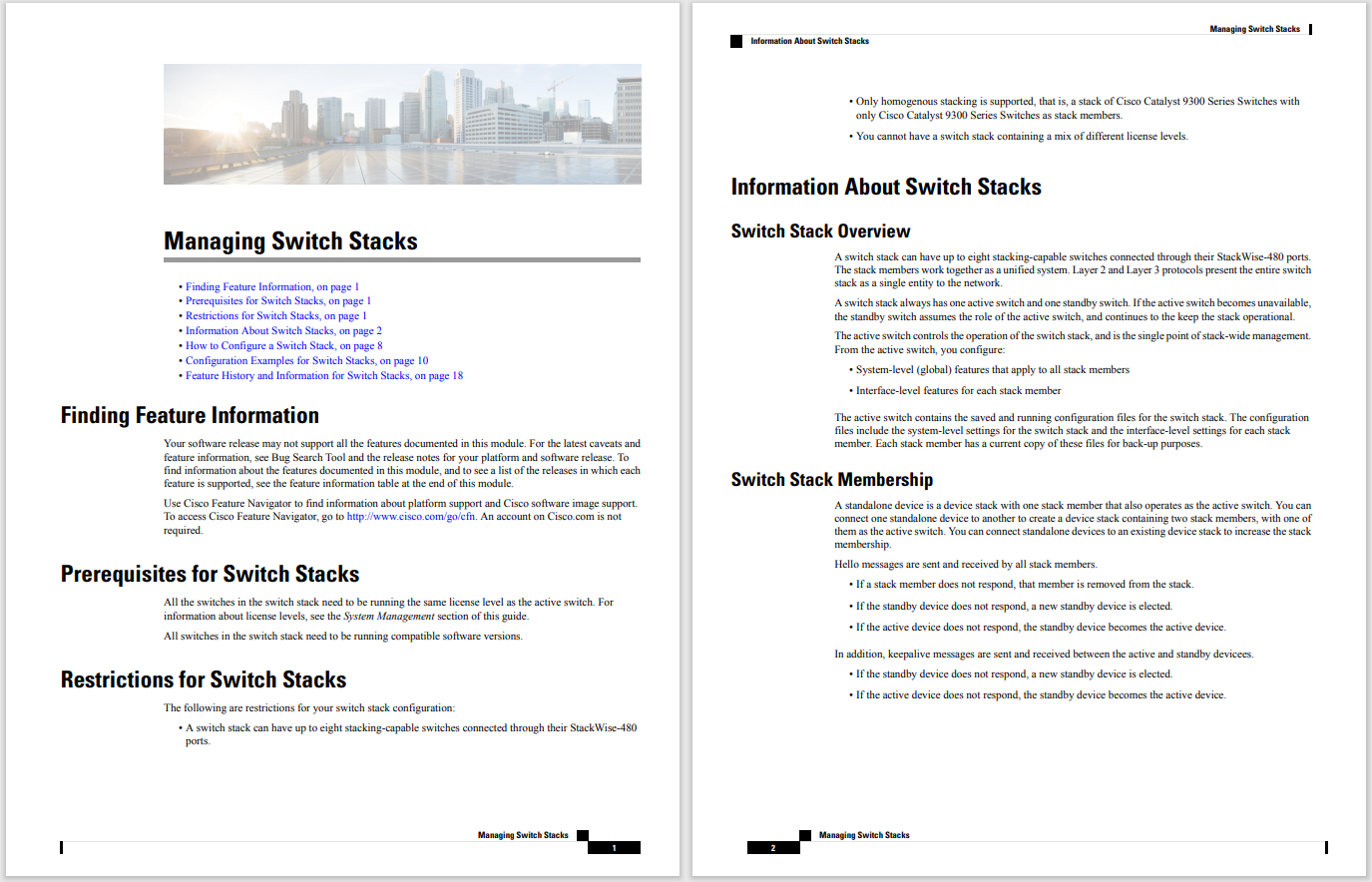
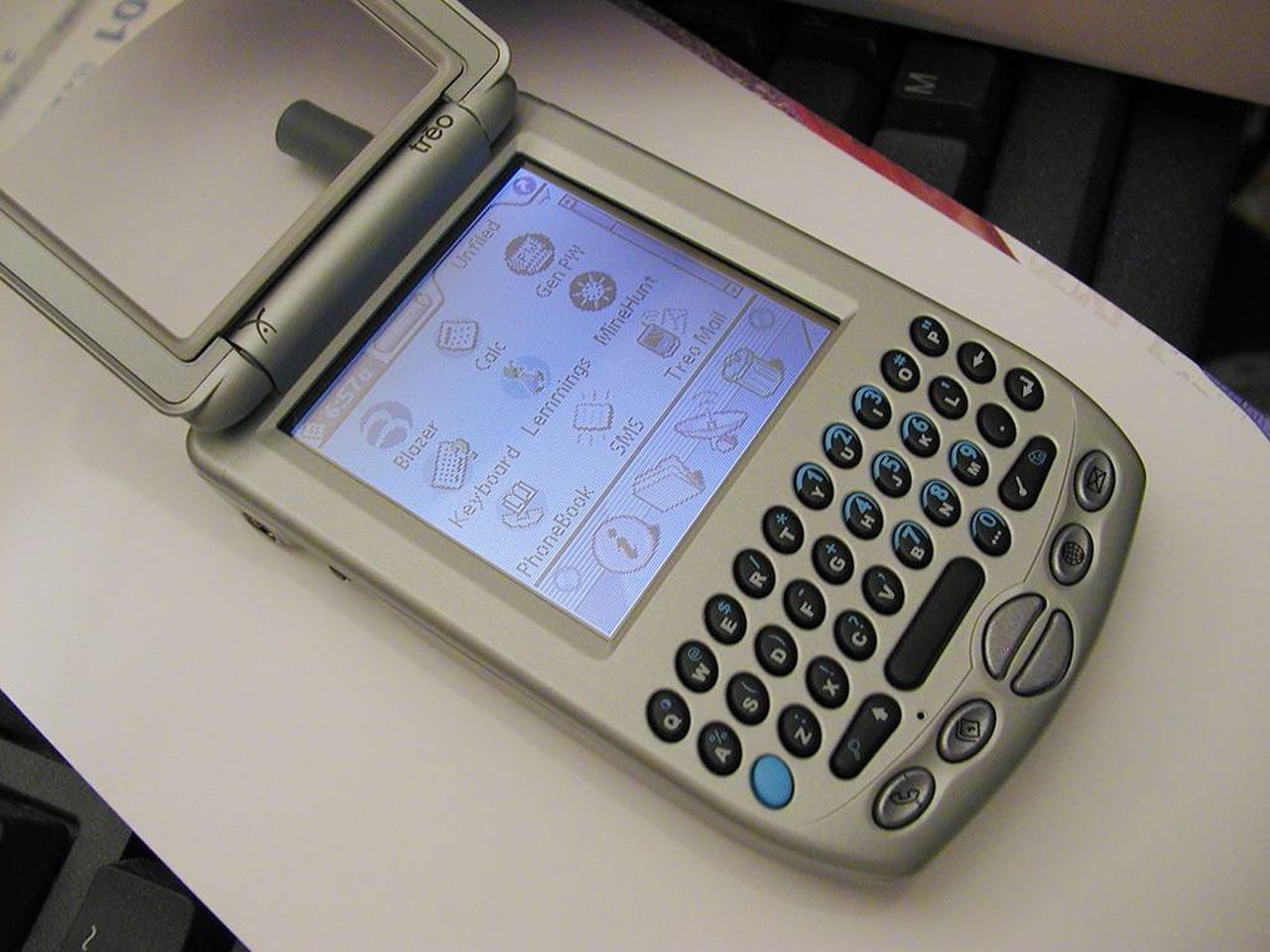
Palm Treo 300
By Jon Sullivan - [1], Public Domain, https://commons.wikimedia.org/w/index.php?curid=385472If you want to kick back with a retrospective about early mobile devices that helped to define the smartphone, you'll be hard-pressed to spend 30 minutes better than watchingSpringboard: The Secret History of the First Real Smartphone. The tightly constructed look back covers the birth of the Handspring Treo and, more peripherally, the history of Palm, which Handspring's founders quit and rejoined after it acquired Handspring. Astutely narrated byThe Vergeexecutive editor Dieter Bohn,Springboard -- the name of Handspring's architecture for Game Boy cartridge-like expansion cartridges that dropped into its PDA's top -- signifies the role that Handspring played in jump-starting the smartphone revolution.
From 5G to an amazing camera -- there's a phone here to meet your every need.
Read nowThe mini-documentary is available exclusively on smart TV devices such as Roku, Fire TV, Apple TV, and Android TV for now, but is slated to come to the desktop at some point. It includes interviews with former Palm executives and Handspring founders Donna Dubinsky, Jeff Hawkins, and Ed Colligan.
Springboardforms a third volume in an unplanned trilogy of documentaries about pioneering mobile devices. The highest-profile of these wasGeneral Magic, a 2018 exploration of the heralded startup of the same name, that focuses on the company's vision, luminary-filled staff, and management missteps. I've previously written about some of the parallels between the company and the deflated ambitions of augmented reality startup Magic Leap.
However, just as General Magic the company did in the '90s,General Magicthe film had to share some of the spotlight with an effort surrounding another handheld device.Love Notes to Newtonfocuses more on the global band of enthusiasts who have sought to keep Apple's abandoned PDA line relevant years after everyone else had moved on.
Springboard'sscope hews closer to the General Magic movie in capturing the moves that yielded wins as well as winces. It recognizes Hawkins' genius; one of its best parts describes an exchange between Hawkins and Steve Jobs about the concept of a digital hub. And it recounts how market conditions, Palm's fractious corporate history, and the company's errors sabotaged its future. However, unlikeGeneral Magic, it doesn't assume too wistful a tone about what might have been. Palm, at the end of the day, had a better run than General Magic.
Springboardpacks a lot of rich storytelling into 30 minutes. In the spirit of the Springboardarchitecture, though, here are a few modules of perspective to offer some expanded context.
Springboardbriefly describes Microsoft's efforts to shrink Windows down to a pocket device -- known by names such as Windows CE, Palm PC, Pocket PC, and Windows Mobile -- as a "bad idea." While that proved true, the intense competition from then-dominant Microsoft long cast a shadow over Palm. In a follow-up conversation with me, Bohn relayed a story from Hawkins about how former Microsoft CEO Steve Ballmer once literally put a target on a picture of Palm, vowing that Microsoft would destroy the firm. That threat, however, inspired Palm to bring in design firm IDEO and create the sleek Palm V, which set the design bar for the category for years to come. As the film notes, Palm would eventually sell a Treo Pro that included Microsoft's Windows Mobile software. To one CNET reviewer, it was "underwhelming," but to Palm fans, it was heartbreaking.
In an interview, Dubinsky mentions some of the early wireless web challenges such as the lack of responsive webpages, but the film doesn't detail what was one of the more imposing limitations to the success of any smartphone of the era: the glacial data rate of cellular networks. True, we are talking about a world that lacked YouTube (at least as the comprehensive video vault we consider today), Zoom, or GeForce Now. Nevertheless, the VisorPhone that preceded the Treo debuted about two years before the first 3G network rolled out in the U.S. It was limited to a 2G standard called EDGE, which typically offered access speeds about twice as fast as the fastest dial-up modems. The first 3G Treo didn't launch until 2007, the same year the first iPhone -- which lacked both 3G and the App Store -- launched.
Springboard discusses the wide range of the film's namesake expansion modules that were available for Handspring's Visor PDA -- ranging from the VisorPhone's cellular module to a dental floss container. (Yes, some tasks still require having strings attached.) But the quest for modularity didn't die with the Visor as Motorola tried the concept in the smartphone era with the Moto Z series. It created a Moto Mod to make the leap to 5G cellular networks just as the Visor used a Springboard module to access a 2G network. In both cases, the cellular modules were the last major ones launched by the brand, arriving as support for the product line was fading.
The documentary winds down at the debut of the iPhone, including a tidbit about the surprising role that iTunes played in Apple's carrier negotiations. Dubinsky and Hawkins transitioned from creating a "pocket brain" to studying the human one. The longtime business partners went on to found Numenta, an early machine intelligence startup drawing on neuroscientific insights; it licenses its intellectual property to other companies. Hawkins has written about its work in the bookA Thousand Brains . Years after notoriously killing Hawkins' next device brainchild, the Palm Foleo subnotebook, on the eve of its launch as Palm's CEO, Ed Colligan now serves on Numenta's board and advises and invests in other startups.
The film notes that HP finally acquired Palm but abruptly dismantled the division just over a year after doing so, but doesn't mention how the demise resulted from the same brand of executive caprice that had worked against it at 3Com. Speaking of which, two years before killing Palm, HP also acquired 3Com, the company that owned Palm when the Handspring founders left. WebOS, developed as the company's savior, lives on in a curious home as a solid TV operating system for recent smartphone market refugee LG. As is the case for its contemporary smartphone competitors Blackberry, Microsoft and Nokia, though, the Palm brand nowadorns an Android phone , albeit one whose minimal dimensions and distractions faintly recall an era of simpler mobile devices.
PREVIOUS AND RELATED COVERAGE
At premiere of General Magic doc, tech icons consider the future
Tech VIPs reflect on the industry's current uncertainty and where things are headed
The phones we use today nearly didn't happen
Some experts doubted whether device convergence was possible
Startup OnwardMobility hopes fourth time's a charm for BlackBerry
The 5G Android smartphone will take on form factor tradeoffs in pitching a physical keyboard to a world that types on glass.
 Горячие метки:
Технологии и оборудование
Наш процесс
1. Смартфоны
Горячие метки:
Технологии и оборудование
Наш процесс
1. Смартфоны